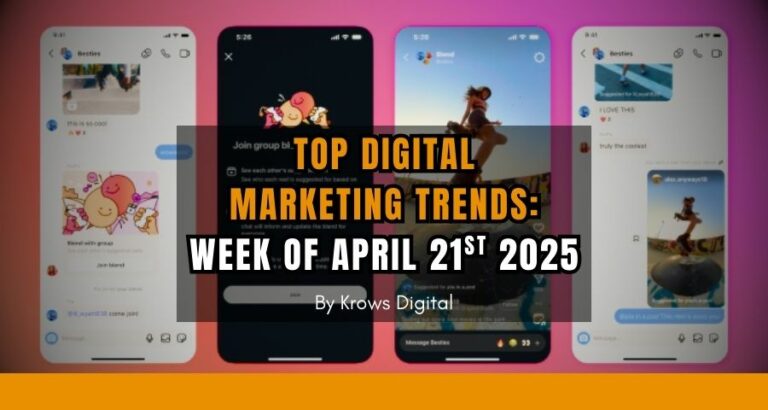The digital landscape is continuously evolving, with social media at the forefront of this transformation. For businesses, staying updated with social media trends is not just beneficial; it's crucial for survival. This article explores the significance of identifying and implementing these trends to enhance your business's online presence.
Understanding Social Media Trends
@ana_allnipponairways YURA YURA 🌸 @ZEROBASEONE @ginjiro👉👈 #allnipponairways #背中男 #ZEROBASEONE #ZB1 #제로베이스원 #ゆらゆら_運命の花 #yura_yura #yura_yura_challenge #newmusic #kix #ANA関西空港 #kansai ♬ YURA YURA - ZEROBASEONE
Why Trends Matter
Social media trends offer insights into consumer behavior, preferences, and emerging technologies. They enable businesses to adapt their strategies to meet customer needs effectively, ensuring relevance and competitiveness in the market.
Identifying Relevant Trends

Tools and Techniques
Leveraging tools like social listening platforms and analytics can help pinpoint trends that resonate with your target audience. These resources offer a data-driven approach to trend identification, allowing for informed decision-making.
Social Listening Platforms
Platforms such as Hootsuite, BuzzSumo, and Sprout Social provide an overview of social conversations and sentiments. They help businesses detect emerging trends by monitoring keywords, hashtags, and competitor activities.
Analytics and Reporting
Utilizing analytics tools available on social media platforms helps track engagement metrics, audience growth, and content performance. This data aids in recognizing trends that positively impact your brand.
Analyzing the Impact of Trends
Case Studies
Exploring success stories and lessons learned from businesses that have successfully capitalized on social media trends can offer valuable insights. These cases highlight the potential benefits and pitfalls of trend adoption.
Implementing Trends in Your Strategy

Content Creation
Adapting your content strategy to incorporate trending topics can enhance engagement and reach. This involves creating relevant, timely content that resonates with the interests of your audience.
Engagement Strategies
Engaging with your audience through trends can foster a sense of community and loyalty. Tactics such as interactive polls, challenges, and user-generated content campaigns can leverage trends to boost interaction.
Timing and Scheduling
Strategically timing your content to coincide with trending topics can maximize visibility and engagement. Tools like scheduling software can assist in planning content around peak times for trend-related activity.
Measuring Success

Key Performance Indicators (KPIs)
Establishing KPIs related to trend implementation can help measure the impact on engagement, reach, and conversion rates. This includes tracking metrics like engagement rate, follower growth, and website traffic originating from social media.
Adjusting Your Strategy
Analyzing the effectiveness of trends within your strategy is essential for continuous improvement. Thus, revisiting your KPIs regularly and adjusting your approach based on performance data is a must.
Future of Social Media Trends

Predictions and Preparations
Staying ahead requires not just reacting to current trends but also anticipating future shifts in social media. For this reason, businesses should prepare for technological advancements like augmented reality (AR) and artificial intelligence (AI), which are likely to influence future trends.
Conclusion
Recap and Takeaways
Incorporating social media trends into your business strategy can significantly enhance your online presence and engagement. By identifying, analyzing, and implementing these trends, businesses can remain competitive and relevant in the digital age.
FAQs
- How often should I review social media trends?
It's advisable to monitor social media trends continuously as the digital landscape can shift rapidly. However, conducting a formal review on a monthly basis can help you stay updated without overwhelming your schedule. This approach allows you to adjust your strategy in a timely manner to capitalize on emerging trends. - Can small businesses benefit from following social media trends?
Absolutely. Small businesses, in particular, can leverage social media trends to level the playing field with larger competitors. By being agile and adaptive, small businesses can use trends to create compelling, relevant content that engages their target audience, potentially at a lower cost than traditional marketing strategies. - How do I differentiate between a fleeting fad and a lasting trend?
A lasting trend is usually backed by underlying changes in consumer behavior or technology and tends to develop over time. In contrast, a fad is typically characterized by a short-lived spike in popularity without long-term impact. Analyzing data over time, considering the source and context of the trend, and evaluating its relevance to your target audience can help differentiate between the two. - What are the risks of ignoring social media trends?
Ignoring social media trends can lead to missed opportunities for engagement, brand exposure, and even sales. It may result in your brand appearing out of touch with current consumer interests and preferences. Additionally, it can give your competitors an advantage if they are utilizing trends to connect with and expand their audience base. - How can I predict future social media trends?
Predicting future trends involves staying informed about the broader digital and cultural landscape, including technological advancements, shifts in consumer behavior, and global events. Engaging with your audience and soliciting their feedback can also provide insights into emerging trends. Furthermore, following thought leaders, industry news, and utilizing predictive analytics tools can help anticipate future movements in social media.




